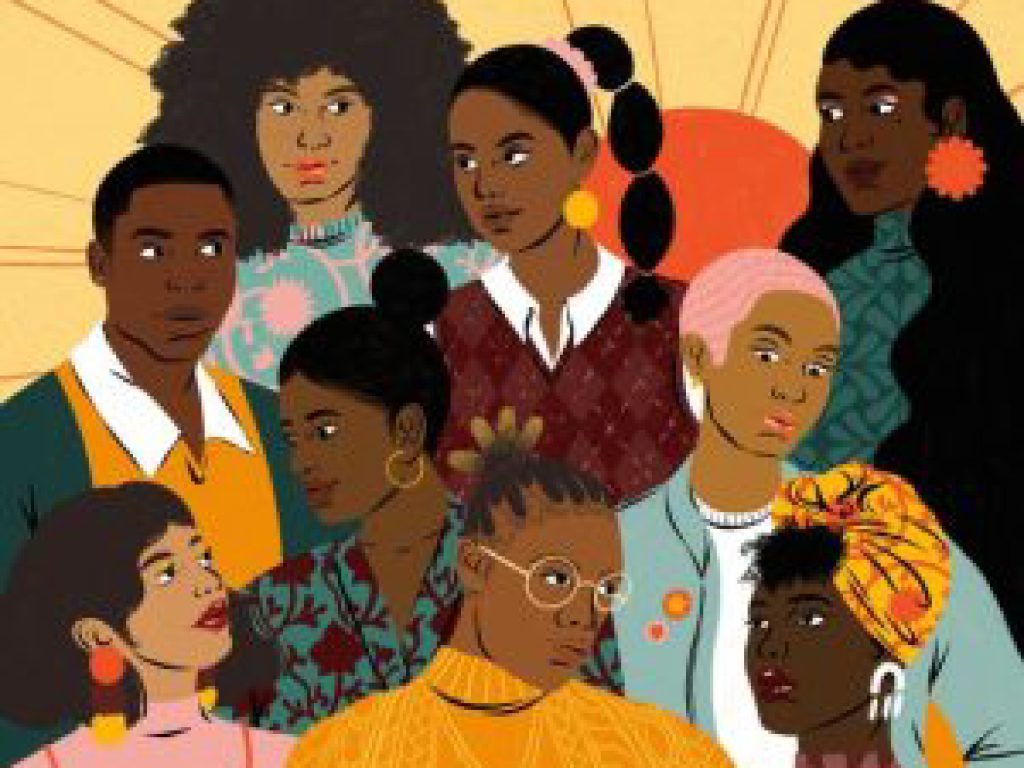How Intersectionality can help everyone realise their Sexual and Reproductive Health and Rights
 07 December 2023
07 December 2023

One of the greatest gifts to ever come out of the Black Feminist Movement is the term “Intersectionality.” Coined in 1989 by a black feminist scholar Kimberlé Crenshaw, intersectionality was used to illustrate how race, ethnicity, class, sexuality, religion, disability, and other individual characteristics “intersect” to create unique forms of privilege or marginalization for an individual.
Within our advocacy around SRHR, as the Make Way consortium, the intersectionality lens continues to be a powerful tool that helps us advocate for solutions and policy changes that are addressed to the needs of the most marginalized. In contexts where SRHR outcomes are less than desirable for instance in Subsaharan Africa where the Make Way consortium operates, we are still grappling with high rates of HIV, high maternal mortality rates, high teenage pregnancies, high rates of Sexual Violence perpetrated against women, and girls and so much more, intersectionality allows us to move beyond a one-size-fits-all approach to SRHR.
The intersectionality framework acknowledges that an African teenage girl who is visually impaired and living in a rural area may face more challenges than an older financially stable married woman in accessing information about reproductive health services. By understanding these diverse experiences, the intersectional lens turns our eyes onto the oppressive systems that prop up these barriers and enables us to treat the root cause as opposed to the symptoms of the problems. Recognizing these oppressive contexts or systems means that we focus on dismantling discriminatory policies, challenging cultural norms that perpetuate inequalities, and advocating for social and economic justice.
Even though this amazing framework of intersectionality has been around for over three decades, it is not as popular as it should be and in certain contexts where it is gaining popularity, there is also rising backlash against it because of the misconceptions around it. To spread awareness of the usefulness of this framework, debunk the misconceptions around it, and most importantly equip advocates of SRHR with an effective tool for advocacy, the Make Way consortium created a short video in English, explaining the concept of intersectionality.
This video is available for anyone who wants to understand or teach another person about intersectionality and how it can help to advance the sexual and reproductive health and rights of everyone in all their diversities.
This video would help in opening rights the eyes of rights holders and duty bearers to the complex contexts and systems that perpetrate negative SRHR outcomes that we grapple with like low uptake of health services, high rates of teenage pregnancies, and high rates of HIV among others.
The video also helps in illuminating the diversity within humanity and how this diversity can be served better during service delivery and policy-making so that nobody is left behind.
Watch the video on this link Intersectionality Make Way Video 2023



